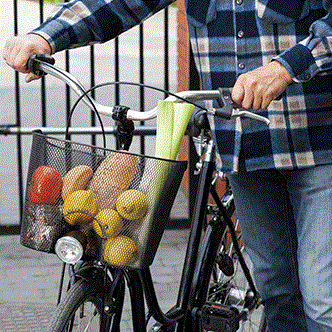
Where you live has a significant impact on your risk for developing type 2 diabetes, according to a study recently published in JAMA Internal Medicine.
Type 2 diabetes is the most common type of diabetes in the United States, currently affecting nearly 28 million Americans. In general, risk for type 2 diabetes depends on individual factors and lifestyle choices such as diet, exercise and weight. But what about factors we can’t necessarily control, like our physical and social environment?
To learn more, researchers analyzed the influence of neighborhood environments on risk for developing type 2 diabetes. Using data from the Multi-Ethnic Study of Atherosclerosis, investigators followed more than 5,000 healthy middle-aged adults from major cities in New York, Maryland, North Carolina, Illinois, Minnesota and California.
At the start of the study, participants provided information about their health, lifestyle choices and background. Researchers also collected each participant’s home address to assess factors related to physical and social environments, including availability of healthy food, access to physical activity resources, and overall safety.
Participants were followed for roughly nine years, during which time they underwent regular exams to assess their health. Over the study period, 12% of participants developed type 2 diabetes.
After analysis, researchers found that one’s physical environment has a significant impact on diabetes risk. Access to physical activity resources like sports, green space and gyms was associated with a 21% lower risk of developing type 2 diabetes. Access to healthy foods was linked to a 12% lower risk for type 2 diabetes. However, social factors like safety and community relationships did not have a significant impact on diabetes risk.
Based on study findings, authors suggest that increasing access to healthy foods and physical activity may help combat diabetes risk, particularly in low-income areas. Diabetes is especially common in low-income and minority populations, and making key changes to the physical environment in low-income areas may promote healthier lifestyle choices. However, authors encourage further research to better understand strategies for improving health through neighborhood environments.